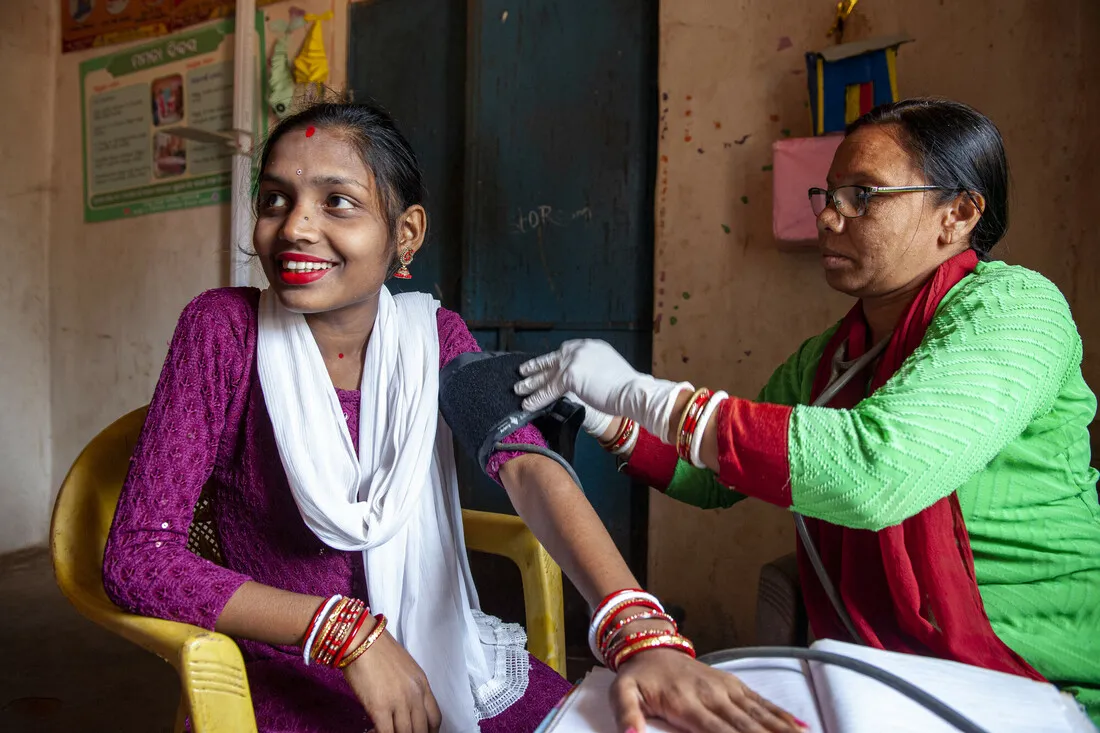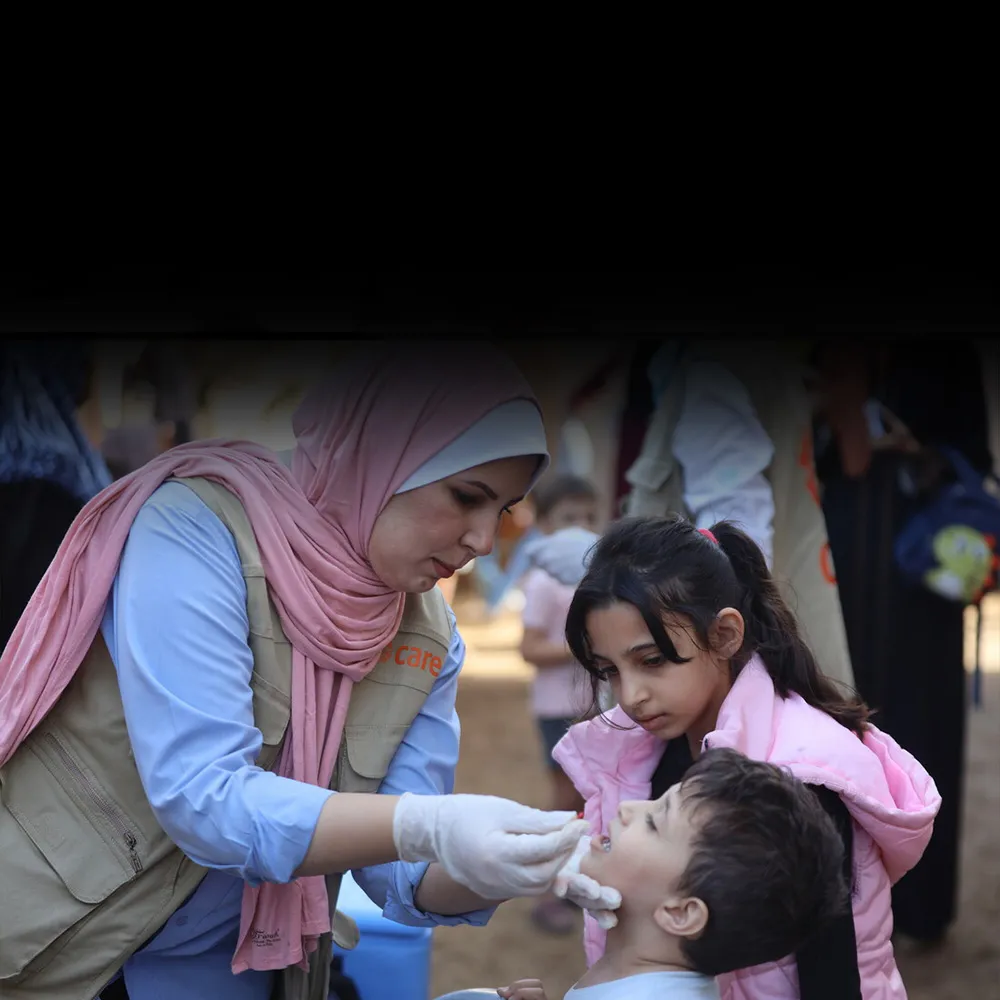CARE is working to provide high-quality health information and services to youth. With the vision of a world where all young people have the knowledge, skills, capacity, and opportunities they need to transition into a healthy and productive adulthood.
Adolescence is a unique window of opportunity to shape healthy and successful development. Unfortunately, millions of young people around the world are vulnerable to threats like early marriage, school dropout, unemployment, violence, HIV, and unplanned pregnancy. Twenty-one million girls get pregnant before the age of 19 every year. Married adolescents are especially vulnerable to health problems related to childbearing, and few global health initiatives reach this population. CARE has particular expertise in addressing the needs of married adolescents and supporting them to plan the families and lives they desire.


